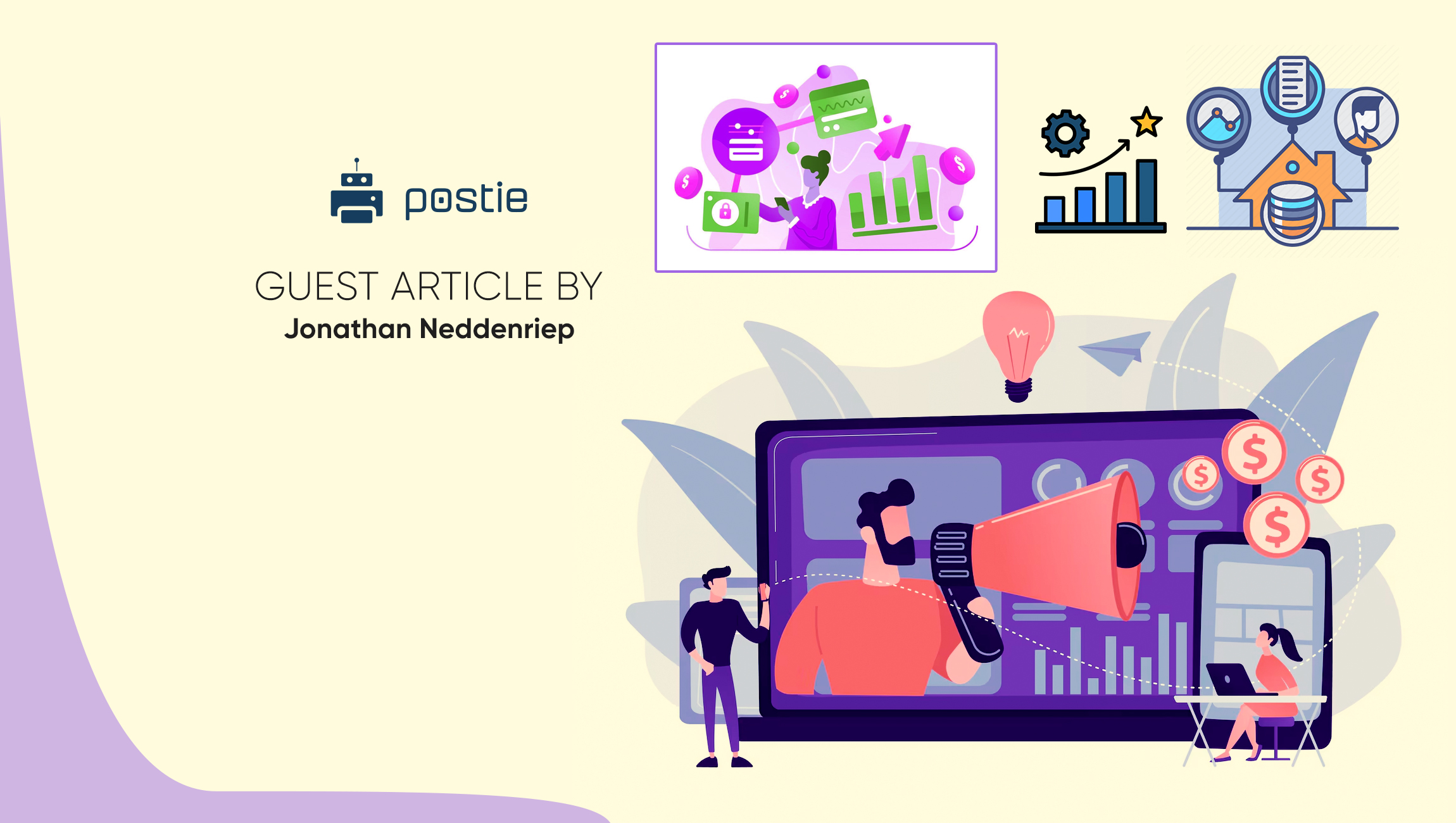Imagine a world where the right message was sent to the right customer at just the right time – increasing brand satisfaction, raising lifetime value, and supercharging retention. This idyllic scenario has been the promise of Customer Data Platforms (CDPs). CDPs were initially hailed as a magical solution that would allow marketers to effortlessly integrate their data, gain a single view of the customer, and drive improved performance. In fact, 75% of marketers believe that a CDP is essential for delivering personalized customer experiences. The most common CDP use cases are customer segmentation (83%), personalization (82%) and customer journey mapping (79%).
However, the reality has been sour as this fantasy world sold to eager CMOs. Many companies have struggled to implement CDPs successfully, and there is a growing realization that they are not a silver bullet. So, what CDP challenges are companies facing? Why have CDPs failed to meet expectations? Are they being used successfully at all? Was it all just hype from eager corporations?
The advent of standards in open-source data lake adoption explains part of this market reality for CDPs. Instead of closed SaaS platforms, advertisers and marketers are adopting standards-driven open-source data lake solutions that offer low friction and developer-friendly toolsets, making data management more accessible and efficient.
In Postie’s experience, not a single medium to large advertiser onboarded in Q2 and Q3 of 2024 has relied on their CDP for data interchange with Postie when given the choice between a pre-built connector vs an open standard data lake exchange protocol. When given the choice, data teams reach for tried and true open standards.
The Evolving Role of CDPs in the Marketing Landscape
Historically, marketers relied on multiple data sources to personalize campaigns, which hindered a holistic customer view. CDPs purport to streamline data collection and analysis, enabling the consolidation of customer data from various channels. Marketers were initially drawn to CDPs because of other benefits, particularly real-time ad promotions such as shopping cart reminders and discounts on viewed products. These tactics aimed to enhance customer engagement, boost potential conversions, and ultimately bring customers back to the marketer’s site, strengthening connections and driving business growth.
Implementation Challenges
Marketers eagerly embraced CPD-led marketing campaigns, expecting to automate reports and gain valuable insights into their customer base. But the reality proved otherwise, with CDPs oftentimes failing to live up to expectations.
The implementation of CDPs can prove to be difficult. Traditional CDPs use data models that don’t adapt easily to preexisting technologies, creating onboarding and usage challenges from the onset. The upfront cost of implementation and team training can also negate benefits. Additionally, concerns exist about the effectiveness of long-term data storage, sharing, completeness, reliability, and customer profile accuracy. As the amount of data and content continues to increase at rapid rates, teams must have clear data standards and taxonomies in place for CDPs to prove effective.
Marketing Technology News: MarTech Interview with Zoe Lu, SVP, SMB @ Pacvue
What’s on the Horizon
So, how can companies leverage data to their advantage? One approach is for companies to use tracking systems as a complementary tool to gain customer insights, leading to improved customer experiences, personalization strategies, and increased revenue. Increasingly, companies are implementing data lakes, giving them the advantage of working with various data types in the original, raw format.
Open-source data lakes enable the consolidation of data from various sources into a centralized location, facilitating easy access and management. Marketers can perform thorough data analysis using tools and frameworks for data exploration, transformation, and modeling – helping them gain valuable insights into customer behavior, market trends, and campaign performance without being beholden to a feature set of a single CDP.
Additionally, open-source data lakes are typically accessible to a wide range of users, fostering collaboration and knowledge sharing across teams. These solutions also support AI enablement, providing a platform for building and deploying AI and machine learning models on large datasets. Marketers are then able to better automate tasks, personalize customer experiences, and make data-driven decisions.
The trend of companies implementing AI tools that are custom-built to sit on top of data lakes and databases as a replacement to monolithic SaaS tools is one to watch. For example, Klarna’s CEO Sebastian Siemiatkowski noted that the company is undertaking significant internal initiatives to leverage AI to standardize and simplify the company’s tech stack. Klarna plans to consolidate its SaaS providers, with the ultimate goal of operating more effectively and producing higher quality work with the assistance of AI.
When thinking about this from the perspective of marketing data, the idea of a monolithic CDP outperforming AI tools paired with data lakes is becoming less plausible. Lightweight AI tools offer flexibility, scalability, and cost-effectiveness, making it a compelling alternative to traditional monolithic CDPs.
In the last decade there has been constant innovation and evolution in the MarTech stack. This is something that is not slowing down as marketers explore data lakes and AI to ensure their data and analysis can fuel business growth. Driven by an industry need for greater agility and ROI in data management and analysis at scale, open-source data lakes offer marketers a more agile and cost-effective alternative to traditional monolithic CDPs. As a result, marketers should consider moving toward open-source data lakes to gain valuable insights into customer behavior, personalize experiences, and drive business growth.
Marketing Technology News: How Diversifying Marketing Channels Will Maximize Return on Ad Spend











